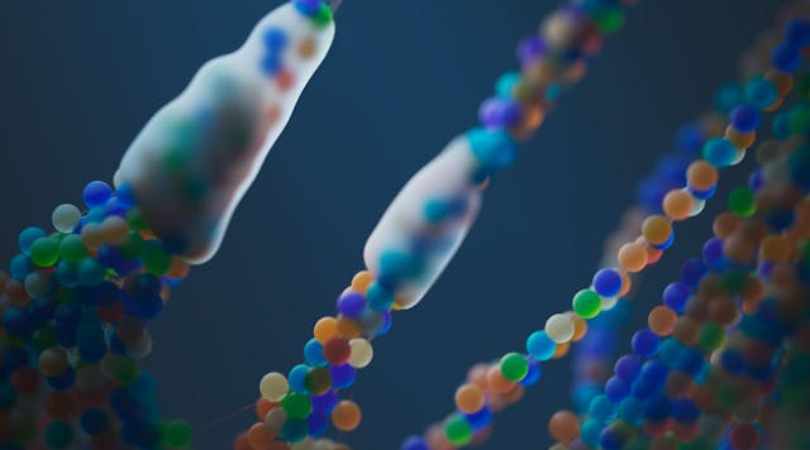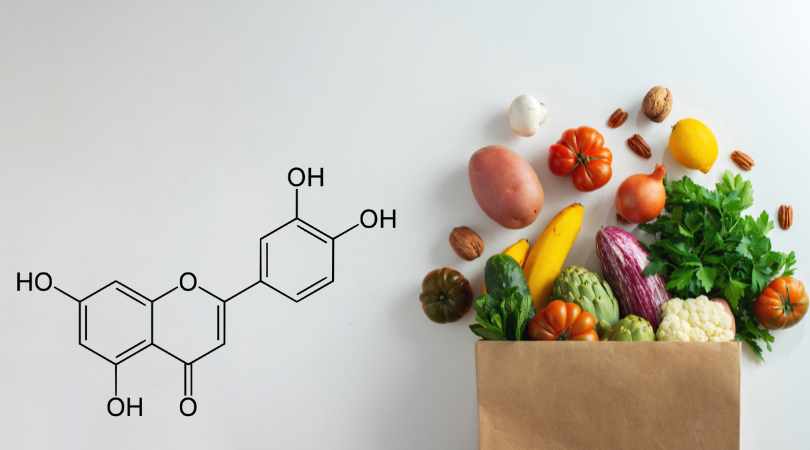Scientists have successfully restored the lost uricase enzyme, a key breakthrough in combating fructose-induced fat formation. This discovery offers new hope for preventing obesity and metabolic disorders by targeting how the body processes sugar and stores fat.
Limited Quantities Available! Order Today and Enjoy Free Shipping on Orders Over $100!
Glucose
A simple sugar used by cells for energy—unlike fructose, glucose is regulated by insulin and supports ATP production.
Glucose Fuels—Fructose Confuses
Glucose is your body’s preferred fuel. But when fructose enters the picture, it hijacks the system—leading to energy disruption, fat gain, and insulin resistance.
Unlike glucose, which is tightly regulated and used for immediate energy, fructose bypasses those controls. It floods the liver, creates fat, generates uric acid, and depletes cellular energy—ultimately impairing how your body handles glucose itself.
SugarShield doesn’t block glucose; it supports your body’s ability to use it properly—by addressing the hidden friction caused by excess fructose metabolism. It’s the missing link for those managing blood sugar, energy, and long-term metabolic health.
What is Glucose?
Glucose is a monosaccharide and the body's preferred fuel source. It circulates in the blood and is taken up by cells in response to the hormone insulin.
Key Functions
- Provides energy (ATP)
- Supports brain and muscle function
- Triggers insulin signaling
- Can be stored as glycogen
Glucose vs. Fructose
Unlike fructose, glucose is tightly regulated:
- It raises insulin, which acts as a metabolic brake
- It enters cells with oversight
- It fuels, rather than drains, mitochondria
Fructose, by contrast, bypasses insulin and gets converted into fat and uric acid—leading to energy loss and inflammation.
Why the Distinction Matters
Glucose is often demonized alongside sugar, but it behaves very differently in the body. Understanding this distinction is critical to fixing metabolic confusion.
At LIV3, we clarify that the goal isn't to fear glucose—but to prevent it from being converted into fructose, especially through the endogenous polyol pathway."






